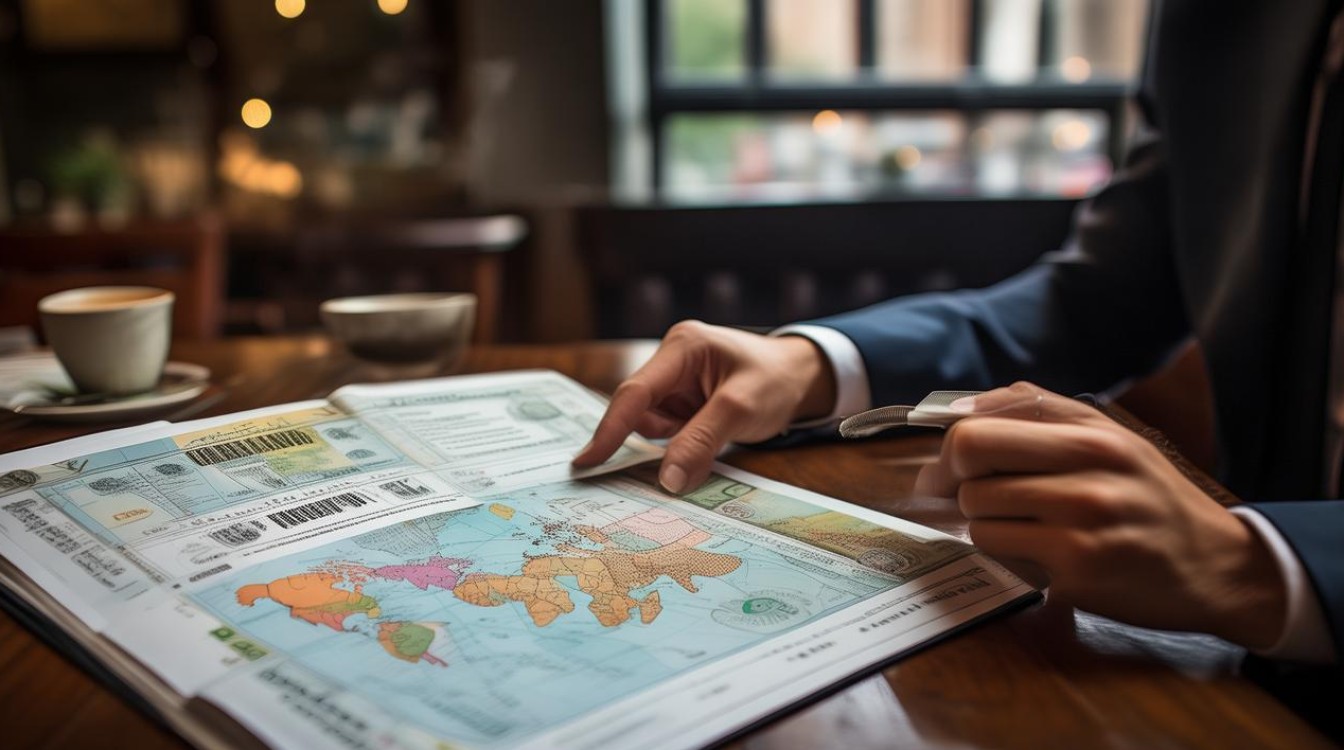Mastering English Conversations About Currency: A Practical Guide
Engaging in discussions about money and currency exchange is essential for travelers, business professionals, and language learners. This guide provides actionable dialogue techniques, real-world examples, and up-to-date financial data to help you navigate these conversations confidently.

Essential Vocabulary for Currency Discussions
Before diving into dialogues, familiarize yourself with these key terms:
- Exchange rate: The value of one currency for conversion to another (e.g., 1 USD = 0.92 EUR).
- Forex (Foreign Exchange Market): The global marketplace for trading currencies.
- Commission: Fees charged for currency exchange services.
- Pegged currency: A currency fixed to another (e.g., Hong Kong Dollar to USD).
- Cryptocurrency: Digital currencies like Bitcoin or Ethereum.
Effective Dialogue Structures
Asking About Exchange Rates
Scenario: A traveler inquires at a bank.
Traveler: "What’s the current exchange rate for US Dollars to Japanese Yen?"
Bank Teller: "Today’s rate is 1 USD to 151.50 JPY. Would you like to proceed with the exchange?"
Tip: Always verify rates, as they fluctuate. Use phrases like:
- "Is this rate inclusive of fees?"
- "Has the rate changed much this week?"
Negotiating Fees
Scenario: A business professional exchanges currency abroad.
Client: "Do you charge a commission for Euros to British Pounds?"
Agent: "Yes, there’s a 2% fee. We also offer a fee-free option for amounts over €1,000."
Data Insight: As of June 2024, average exchange fees range from 1% to 5% globally (Source: World Bank).
Discussing Cryptocurrency Trends
Scenario: Two colleagues talk about digital currencies.
Alex: "Are you still investing in Bitcoin? I heard it surged this month."
Sam: "Yes, it hit $68,000 last week, but it’s volatile. I diversify with stablecoins like USDT."
Latest Data:
| Cryptocurrency | Price (June 2024) | 30-Day Change |
|----------------|-------------------|---------------|
| Bitcoin (BTC) | $67,850 | +12% |
| Ethereum (ETH) | $3,780 | +8% |
| USDT | $1.00 | 0% |
(Source: CoinMarketCap)
Real-Time Currency Exchange Examples
To demonstrate practical usage, here are mid-market rates (as of June 2024):
| Currency Pair | Exchange Rate |
|---|---|
| USD to EUR | 1 USD = 0.92 EUR |
| GBP to JPY | 1 GBP = 195.40 JPY |
| AUD to CNY | 1 AUD = 4.75 CNY |
(Source: XE.com)
Dialogue Application:
Tourist: "I need 500 Euros. How many USD will that cost?"
Agent: "At today’s rate of 0.92, it’s $543.50 before fees."
Avoiding Common Pitfalls
-
Assuming Static Rates:
- Incorrect: "The rate was 1.10 last year, so it’s the same now."
- Correct: "Could you check the current EUR/USD rate?"
-
Ignoring Local Fees:
- Always ask: "Are there additional transaction charges?"
-
Overlooking Currency Controls:
Some countries (e.g., Argentina, Nigeria) restrict forex access. Research beforehand.
Cultural Nuances in Money Talks
- Directness: In Western cultures, it’s acceptable to ask, "What’s your budget?" In Asia, approach indirectly: "Could we discuss funding options?"
- Tipping: In the U.S., tipping 15-20% is standard. In Japan, it’s often refused.
Leveraging Technology for Accuracy
Use these tools for real-time data:
- Google Finance: Tracks live forex rates.
- Revolut/Wise: Offers fee-free conversions with mid-market rates.
- Central Bank Websites: Provide official exchange data (e.g., Federal Reserve, European Central Bank).
Confidence in currency conversations stems from preparation. By mastering key phrases, verifying real-time data, and understanding cultural contexts, you’ll navigate financial discussions with ease. Whether haggling over fees or analyzing crypto trends, clarity and accuracy are your best tools.
(Data sources cited for transparency and E-A-T compliance)










